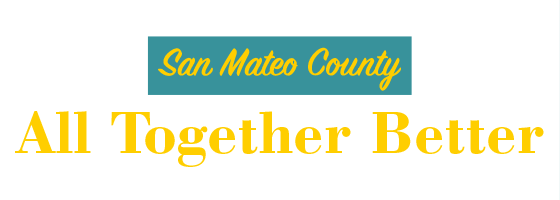Promising Practices
The Promising Practices database informs professionals and community members about documented approaches to improving community health and quality of life.
The ultimate goal is to support the systematic adoption, implementation, and evaluation of successful programs, practices, and policy changes. The database provides carefully reviewed, documented, and ranked practices that range from good ideas to evidence-based practices.
Learn more about the ranking methodology.
Filed under Effective Practice, Education / Literacy, Children, Teens
Goal: The mission of Family Place Libraries™ is to increase the capacity of libraries throughout the nation to recognize and realize their full potential as community hubs for healthy child and family development, parent and community involvement and lifelong learning beginning at birth.
Filed under Evidence-Based Practice, Health / Mental Health & Mental Disorders, Children, Teens
Goal: The main goals of this program are to increase communication and bonds between and among the three domains of school, home, and the individual; to enhance children's social, cognitive, and problem-solving skills; to improve peer relationships; and ultimately to decrease disruptive behavior at home and in school.
Filed under Effective Practice, Health / Children's Health, Children
Goal: The goal of FAM Allies is reduce asthma related hospital stays among children by linking patients, their families, caregivers, and healthcare professionals with resources and education.
Filed under Good Idea, Community / Social Environment, Teens
Goal: FirstPlace for Youth seeks to fill the gap in services available to youth transitioning out of the foster care system to independent living.
Filed under Evidence-Based Practice, Health / Older Adults, Older Adults
Goal: The goal of the Fit and Strong! program is to improve function among older adults with osteoarthritis.
Filed under Evidence-Based Practice, Education / Student Performance K-12, Teens, Rural
Goal: The goal of the program is to intervene in the lives of high-school dropouts and provide them with the values, life skills, education, and self-discipline necessary to succeed.
Filed under Evidence-Based Practice, Health / Immunizations & Infectious Diseases, Teens, Adults, Racial/Ethnic Minorities, Urban
Goal: The goal of Focus on Youth is to teach youth the skills and knowledge they need to protect themselves from HIV and other STDs.
Impact: The Focus on Youth intervention increased self-reported condom use and positively affected perceptions six months after the end of the program.
Filed under Evidence-Based Practice, Health / Physical Activity, Teens
Goal: The mission of Food on the Run is to increase healthful eating and physical activity among teens as a way to improve health and reduce the risk of chronic disease.
Filed under Evidence-Based Practice, Community / Governance, Children, Urban
Goal: To advocate for children and help them resolve their most pressing legal problem: being in the custody of the state when they need to be in the custody of a family - biological or adoptive - within the 12 months provided by law.
Impact: Children represented by the Foster's Children Project were more likely to exit the foster system to permanency due to higher rates of adoption and long-term custody, but not reunification, than their peers not represented by FCP.
Filed under Evidence-Based Practice, Education / Childcare & Early Childhood Education, Children
Goal: The program's goal was to improve child behavioral problems during the early preschool years.
Impact: The FOL program positively impacted preschool children's behavior in the classroom.

